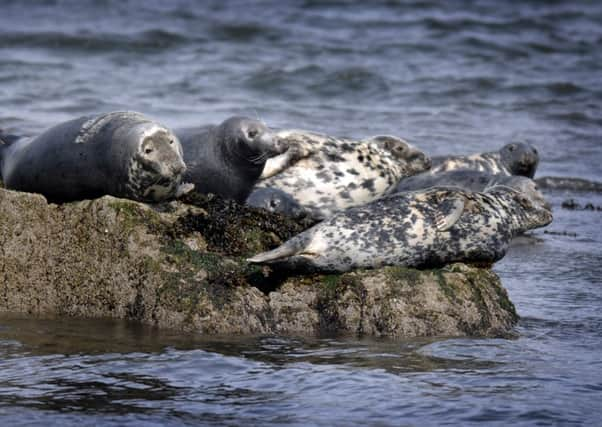Mystery seal deaths may not be cannibalism


At least 100 seals have washed up recently after being killed by horrific ‘corkscrew’ injuries, many of them on the shores around Edinburgh and Fife.
The injuries were initially believed to be caused by the propellers of passing ships. But following study of an adult male seal carcass found in the Forth, government scientists have now come to the gruesome conclusion that seals may be attacking and eating one another, prompting a relaxation of restrictions on certain types of propellers near conservation areas.
Advertisement
Hide AdAdvertisement
Hide AdAngry conservationists have attacked the Scottish and UK governments for sending out letters to shipping companies telling them that “mitigation measures and monitoring may not be necessary”, with 19 organisations calling the move to rule out propellers as the cause of the deaths “premature”.
The row comes amid growing concern over declining seal populations around Scotland and the UK. The number of seals on the east coast and in Orkney and Shetland plummeted by up to 85 per cent between 2000 and 2010.
Sarah Dolman, programme manager in the Northeast Atlantic for Whale and Dolphin Conservation, said: “We urgently need a UK-wide strategy to recover seal populations that should include monitoring at haul-out sites, post-mortem examinations to determine all causes of death and peer-review of all previous work on corkscrew injuries including historical analysis.
“We need to do more to turn around the declines in seals, so the advice is premature and inappropriate.”
A spokeswoman for the Scottish Government said that grey seals were the likely cause of ‘corkscrew deaths’, but added: “Marine Scotland will continue to monitor our seal population for further injuries and any evidence about the causes.”